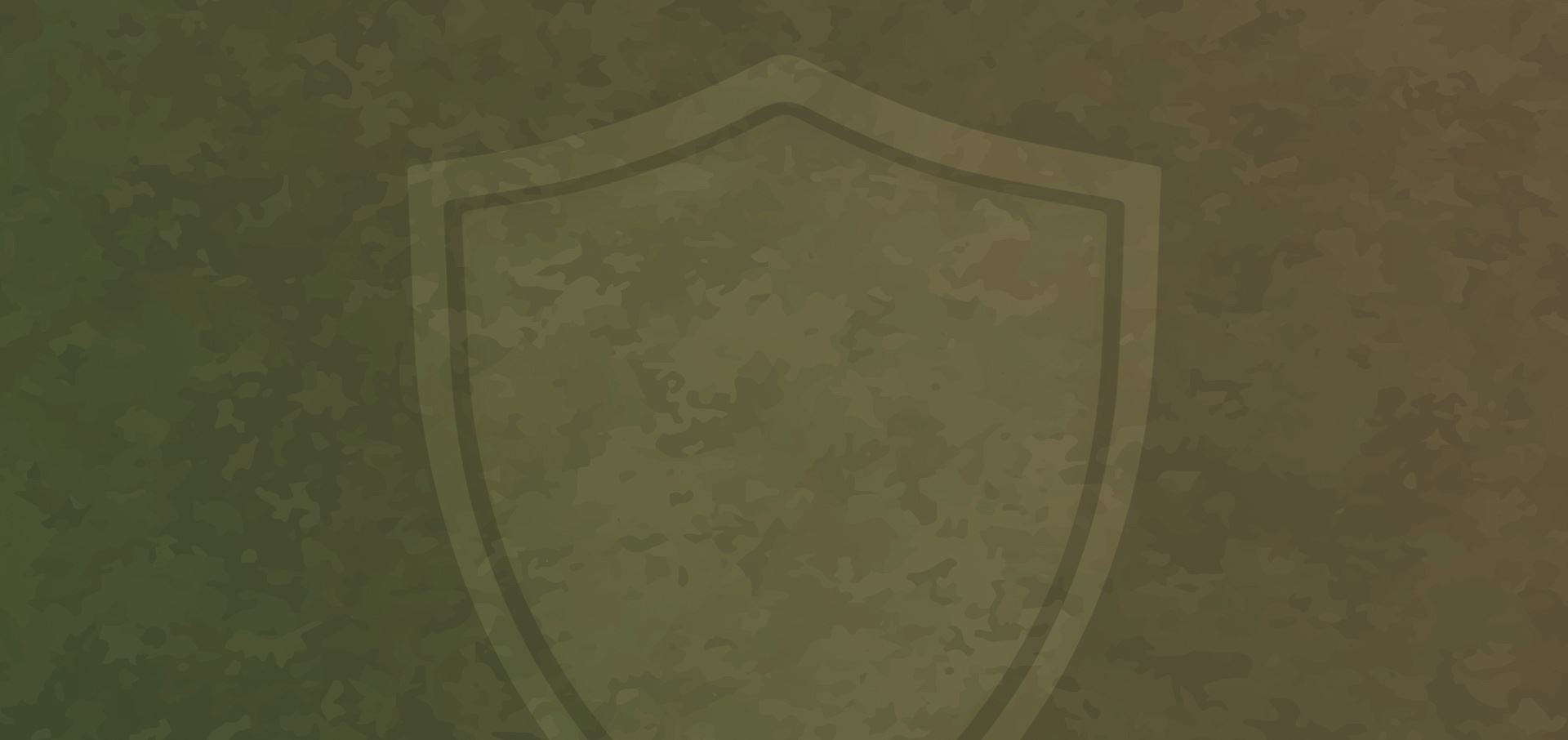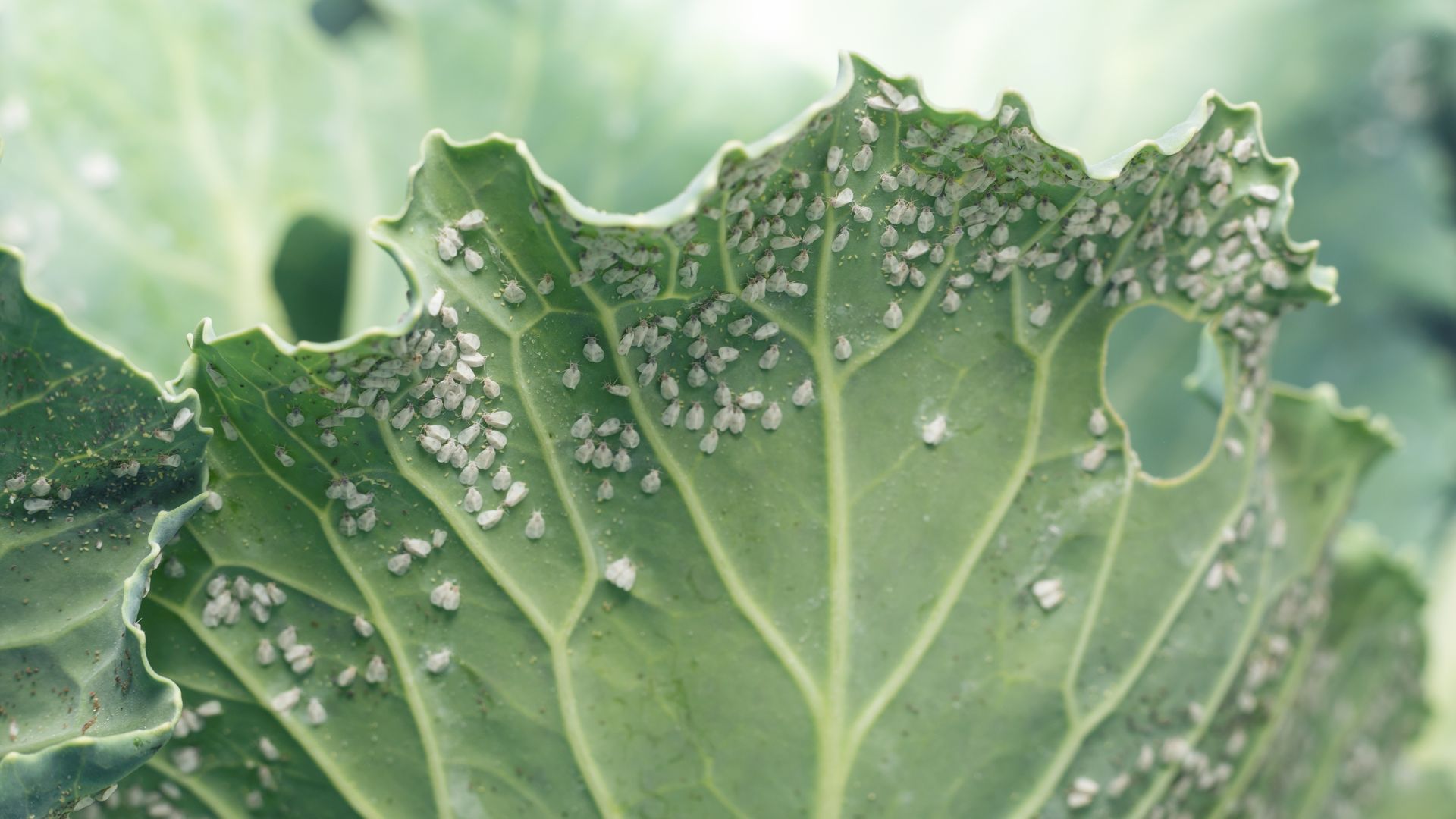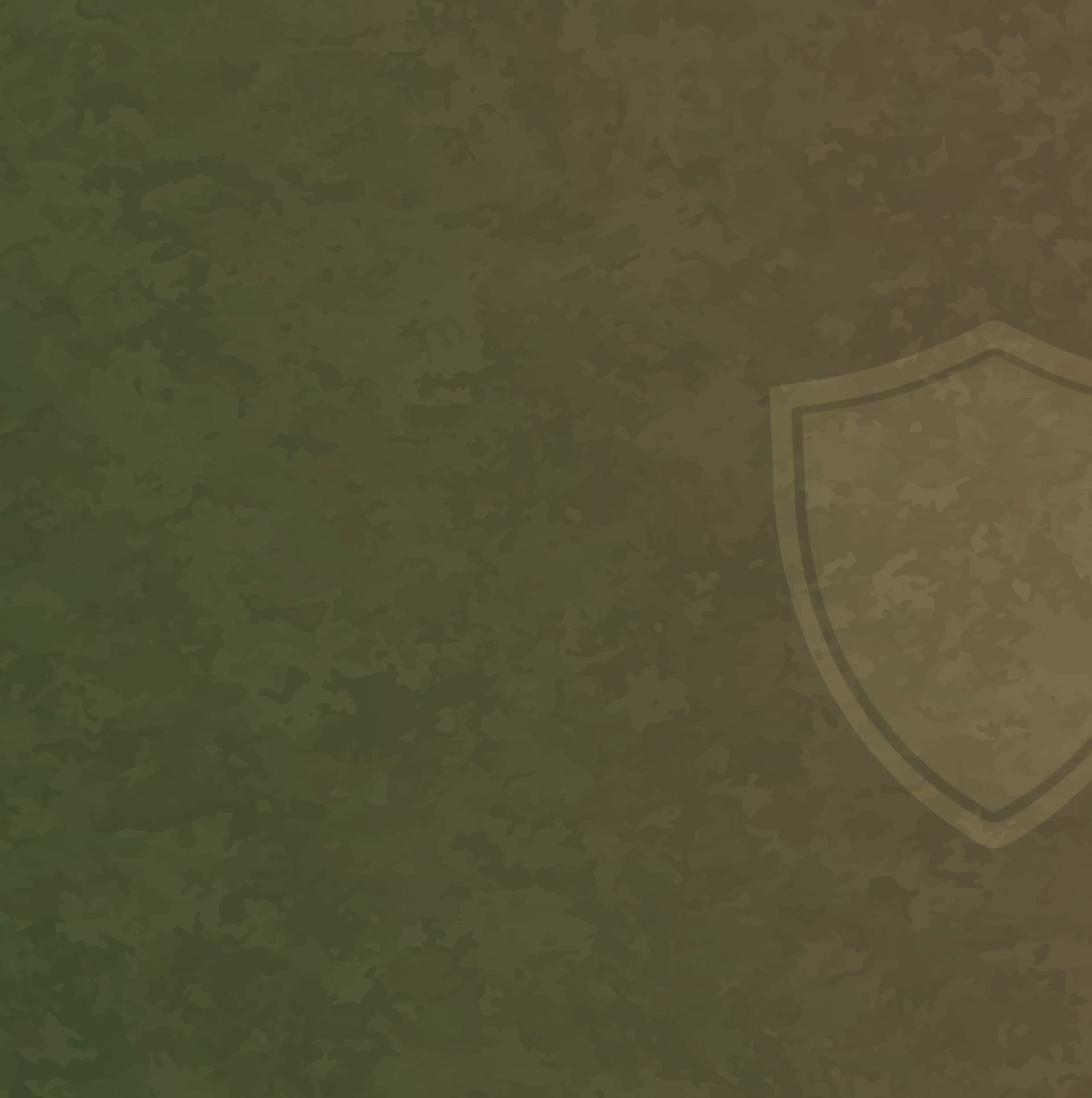
Termite Identification & Prevention
Use our guide to help guard your Plymouth, Massachusetts property against wood-destroying termites.
What are termites?
Termites are wood-eating pests that spend most of their lives in dark, hidden spaces. For eons, termites have been feeding on pieces of wood to acquire their primary food source, cellulose. With the help of specialized enzymes in their stomach, termites are one of the few organisms to convert cellulose into a usable food source.
Termites are social insects that divide their colonies into caste systems, and each caste has its own jobs and responsibilities. Workers are the caste that makes up most of the volume in any termite colony. They do the colony's work; workers find and gather food, care for the young termites, and repair and expand the nest.
Our region has four types of termites we need to guard our homes against. Below is a brief description of each unique species.
- Eastern subterranean termites have high moisture needs and prefer to feed on damp or decaying wood. Eastern subterranean termites are likely to invade the wood in our homes near window sills, water pipes, air conditioners, or other areas where there is excess moisture. Eastern subterranean termites are the species we are most likely to discover inside our homes.
- Dampwood termites have extremely high moisture needs and feed on wet or decaying wood. Dampwood termites aren't likely to invade our homes as they don't provide the proper environmental conditions. Logs, tree stumps, dead trees, old fence posts, and utility poles in and around our homes provide appropriate food sources and nesting sites for dampwood termites.
- Drywood termites feed on pieces of dry or sound wood. These termites live in much smaller colonies than other termites, but their efficient feeding habits make them just as destructive. Drywood termites nest within the pieces of wood they feed on. Wooden furniture, wood flooring, and wood trim are places we regularly find these termites nesting within Plymouth homes.
- Formosan termites are a type of subterranean termite with high moisture needs and feed on damp or decaying wood. They live together in huge colonies and are challenging to control because of their ability to nest both in and above the ground. These termites build carton nests on the roofs of buildings or inside wall voids.

Why Combat Pest Control Is The Right Choice For Your Home Or Business
-
Exceptional ServiceAs a local business that has served the Plymouth area for over 25 years, Combat Pest Control takes our commitment to our customers seriously. We treat you like our neighbors because you are!
-
Affordable TreatmentsPest control should not be something that’s too expensive to be within reach. Combat Pest Control offers a range of pest control options and plans to meet any budget while delivering the service you need.
-
Effective SolutionsAs a licensed and experienced pest control company, Combat Pest Control knows which methods, products, and plans work best to deliver the fast and effective pest control solutions you need.

Hear From Our Happy Customers
They really do say it best!
At Combat Pest Control, your satisfaction is our priority! See for yourself what our customers have to say about working with us.
-
"They were great!"
The owner came out himself and he found a second huge yellow jacket nest that we didn't even know was there and he took care of that nest too.
- Jill G. -
"Highly recommend!!!"
Combat is the best! We couldn’t live in Hanover with John and his crew! Very responsive and thorough.
- Michelle L. -
"Professional, Friendly, & Informative"
John was professional, friendly, and informative. I would highly recommend John and Combat Pest Control to anyone, and if needed in the future they will be the company I call first for any type of pest control in my home.
- Michelle R. -
"The Best!"
Chad is super knowledgeable and friendly. Appreciate his work as well as the rest of the Combat team!
- Robert P. -
"Combat is great!"
They're easy to work with, pricing is great and they always manage to get someone to my house when needed. Having a dedicated technician is helpful too to build rapport with the company.
- Anthony G. -
"I strongly recommend Combat Pest Control"
This is our third year with them. We first called because of ants in the house. I couldn't stop them. Combat did the job and we are ant-free. Combat responds quickly to an ant in the kitchen and wasps and bees nests. Thank you Combat !
- Mark C. -
"Highly recommended."
I'm very pleased with John's pest control performed on my house in south Weymouth. He has found the nest of the ants. I really appreciate his professionalism. Will hire them again and again.
- Shirley H. -
"Made Everything Easy for Us"
John & the Combat team know our house well and the critters that challenge us. He's quick to respond to any attempted incursion and quickly responds to defeat them. They also take great care in working around our dogs
- Kristen P.






